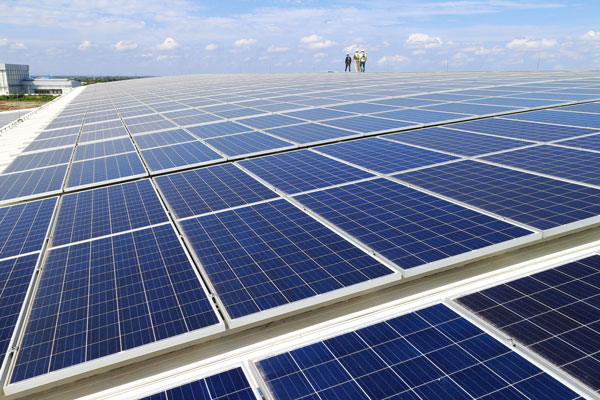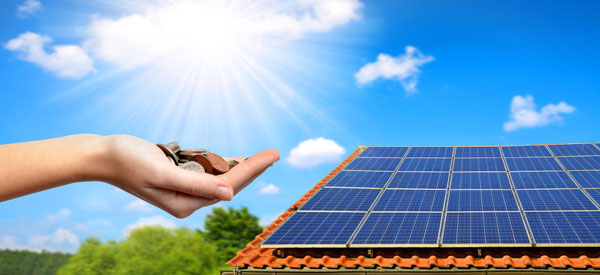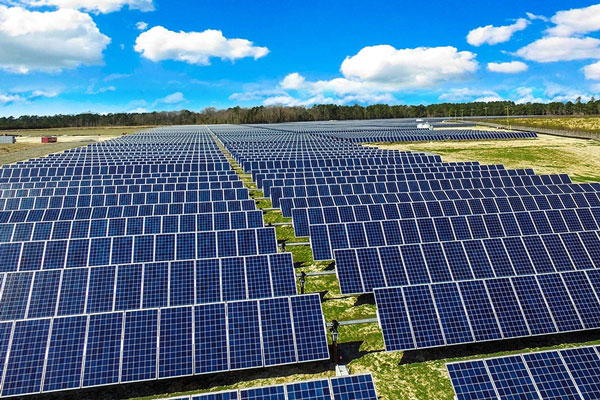Proper solar panel placement boosts energy output, extends lifespan, enhances property value, minimizes environmental impact, and improves investment returns.
Increase Energy Output
The energy efficiency of the solar panels is directly related to their optimal placement. Solar panels, in order to capture the most sunlight over a 24hour period, should be facing true south if you are in the northern hemisphere (east to west path of sun). This alignment uses the most sunlight in L.A., which is important to generate more energy. A National Renewable Energy Laboratory (NREL) study, for instance, found that properly singled-axis tracking solar arrays produce up to 10% more energy than their misaligned counterparts - even if they're off by just 10 degrees of true south.Changing the Tilt for The Seasons
The angle of solar panel tilt significantly impacts the energy they produce. The ideal tilt angle is typically equal to the latitude of the location on the planet it is installed at. This is in opposition to winter, where you want to increase the tilt angle 15 degrees above your geographical latitude. On the other hand, in summer by 15 degrees to reduce the angle of tilt is due to higher solar elevations. Adjusting in this way can allow the sites exposed on the pole to produce up to 5% more energy every year on average, for example in a temperate part of the world such as New York where solar insolation varies through the seasons.Mitigating Shading Impact
Furthermore, shade from trees, buildings, or other structures can drastically lower the solar panel production. ShadingThe impact of shading is not linear; even partially shaded areas can result in energy loss. As with all of our builds, good solar angling is critical (however we are somewhat limited on trailer mounting options and want to keep everything under the awning). Additionally, micro-inverters or power optimizers can be used to solve these shading problems by allowing each panel to operate independently of others in the string. Partial shading causes cell power losses of up to 25%, and SunPower has developed a solution that increases the output by as much as 25% in such conditions by managing each panel for maximum efficiency.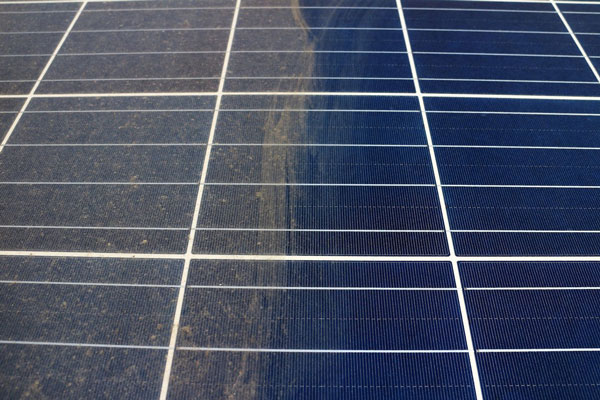
Utilizing Tracking Systems
Solar trackers follow the sun's path during the day to keep the panels directly aligned with its position and therefore capture solar radiation. Dual-axis trackers, changing both azimuth and elevation, can increase productivity by up to 45% versus a fixed installation. While the upfront investment is greater, the higher energy production can substantially increase long-term ROI.during peak hours
Sunshine is most intense from 10 AM to 3 PM, making those the hours where solar panels generate the most electricity. This can not only improve the power output of the panels but also help covering them during the hours when shadows can reduce partial or total panel support. Research has proven that the right exposure (during the aforementioned peak times of day) can increase efficacy by up to 20% year round, reiterating how important it is to be precise regarding where and when solar panels are installed.Extend Panel Life
Solar panels that are optimally facing the sun don't stress as much. Correct alignment — By incorporating panels to run the direction of the sun with just 40 degree inclination towards exactly how it goes, it permits even more efficient direct sunshine absorption when minimized to avoid high intensity heat buildup. Directly facing the sun and ground reduces thermal cycling (expansion and contraction of panel materials as they heat and cool) that could eventually cause microcracks and aging. A June 2019 study in the journal Solar Energy found that properly tilted systems saw up to 20% less degradation performance over the course of two decades compared with poorly oriented systems.Maintaining Proper Air Flow To Prevent Overheating
Proper ventilation is critical to maximizing their life span, so enough space around the edges for air flow is needed when the solar panels are mounted on your roof. Solar panels convert just 15-20% of solar energy to electricity while the rest turns into heat. If the panels are installed too close to the roofing material, which does not allow for air to circulate between them and heat builds up, this will cause some of the panel components to age rapidly. Research led by the Fraunhofer Institute for Solar Energy Systems found that a separation of 10cm or more between the roof and panels could lower panel temperature by up to 25°C and in doing so, then improve operational life.Environmental Protection
This also includes thinking about how best to protect panels and reduce the risk of environmental related damage Avoid stress from being placed on it (due to strong winds, heavy snowfall etc.) by installing the solar panels in areas so that they are not exposed to it constantly, you can help prevent cracking or delamination. In fact, the National Renewable Energy Laboratory (NREL) estimates that a panel mounted in a sheltered spot with good sun exposure may have between 5% and 10% more panel integrity left after many years of operation than panels mounted out in harsh environments.Debris Avoidance Via Tilt
The pitch of solar panels impacts not only their energy production, but also their lifespan. The naturally tilt allows gravity to do its job of clearing debris like leaves, dust and even snow which leads to a better self-cleaned exterior for higher efficiency and less wear-and-tear. Byself-cleaning panels, we mean those set at a tilt angle equal to the latitude of where they are situated, which makes a natural self-cleaning effect more efficient so as not oxidize the glass coating that protects us from the photovoltaic cells. We have up to five years of field data demonstrating that a 15-degree tilt or more has 35 percent less chances of an obstruction than a flatter plant over the period of the year.Seasonal Scenarios Periodic Adjustments
Changing the tilt of panels seasonally can prevent them from wearing too much under things like heavy snow or intense summer sun. For instance, a greater tilt angle in the winter improves snow evacuation and thus brings about less mechanical damage due to the weight of snow covering the modules. It can, in fact, reduce the tilt in summer to prevent too much heat from collecting under the panels. A twice-yearly tuning plan, however, can keep the solar array optimally aligned with ideal performance conditions and maximise the life of solar equipment.Increase Property Value
Not only can homes with solar panels save you money in electricity bills, but they're also becoming increasingly desirable to prospective buyers. A report by the U.S. Department of Energy states that in some markets, solar installations on homes are selling twice as fast as those without them. This is especially common in regions with high electricity prices and a commitment to sustainability.High cost of solar homes
One study by the Lawrence Berkeley National Laboratory even reported that solar actually increases home prices (on average $15,000 more than non-solar homes)! This premium represents the life of a new homeowner to expect energy cost savings and effectively adds to the resale value of the house. Specifics premiums are subject to local energy costs and installation surface areas.Eco-friendly Buyer Appeal
As a larger and larger part of the population focuses more on sustainability, homes that include green technology such as solar panels are more likely to catch the eye. According to realtor.com, listings that mention words of eco-friendly features like solar panel energy efficiency have more views and visits from interested buyers - enough to suggest that the demand of environmentally conscious buyer is a material consideration for sellers on the market.Grow More Due
Sellers Stand To Benefit By Showing How Solar Panels Can Drastically Cut Monthly OutgoingsSavvy buyers can be enticed further by figures that show them how the panels will cut a high % of their energy bills. For example, in the southern half of the United States or in other regions where air conditioning is a major cost of living expense, solar panels can reduce your energy bills by 50% or more and make properties with solar installations effectively worth every penny a new homebuyer pays for them.Enhanced Home Energy Ratings
For instance, a home that includes a solar panel installation improves the energy performance certificate rating of their home which concurrently contributes to the property in markets where such ratings are required by law or somewhat valued. Higher ratings help a home sell, to be sure - but better hermeticity and thermal resistance numbers also meet today's more demanding building and energy codes, ensuring that your eggs aren't all stuck in the past.Reduce Environmental Impact
Sited in the right place so as to generate as much energy as possible, solar panels decrease our overall dependence on fossil fuels. With a well-optimized solar installation, this can do much in cutting down carbon emissions. The average residential solar system in the USA for instance avoids about 5,000 pounds of carbon dioxide a year. It is equivalent to planting of around 100 trees each year which is a huge positive impact that could be achieved for the environment.
Less Pollution of Air and Water
Solar power generation does not cause direct emissions, so solar power is important in air pollution reduction, sulfur dioxide and particulate matter have obvious attenuation. Such pollutants are majorly associated with respiratory health problem and environmental degradation. At the same time, solar production is waterless unlike most conventional generation facilities, helping lower the amount of water use for energy. The National Renewable Energy Laboratory says solar could save up to 45 billion gallons of water a year nationwide if widely adopted.
Alleviating Urban Heat Islands
Sunlight takes in by solar panels and converts to electricity as a result it reduces the urban heat island effect. This phenomenon results in the sparsely vegetated and harsh urban landscape to become much warmer than its rural counterparts, being a factor of both human activities and high-energy-consuming edifices. Solar panels which can reduce the heat absorbed by buildings and re-radiated into the urban environment help cool the local air temperature. According to research originated by the Environmental Protection Agency, certain solar panel installations in urban environments have been found to lower temperatures in cities by as much as 2°C.
Support for Biodiversity
Solar farms, when sited appropriately, can offer co-benefits to land and wildlife conservation in agricultural landscapes or on brownfields. The co-use allows for maintaining local wildlife habitats and creating clean energy. By implementing pollinator-friendly plants in the around solar panels a number of solar farms providing much needed habitat for the vulnerable bees and other important pollinators in local ecosystems.
Sustainable Energy Development Marketing
By adopting solar power, we encourage the advancement of other renewable energy technologies by proving the use and practice of sustainable energy alternatives. This domino effect would cumulatively help in speeding up the process of transitioning to a cleaner energy grid across the globe. As the advantages of solar become apparent in more regions and countries, investment in other renewables, including wind power and hydropower, is likely to rise as well; this should drive down the total social and environmental cost of generating energy worldwide.
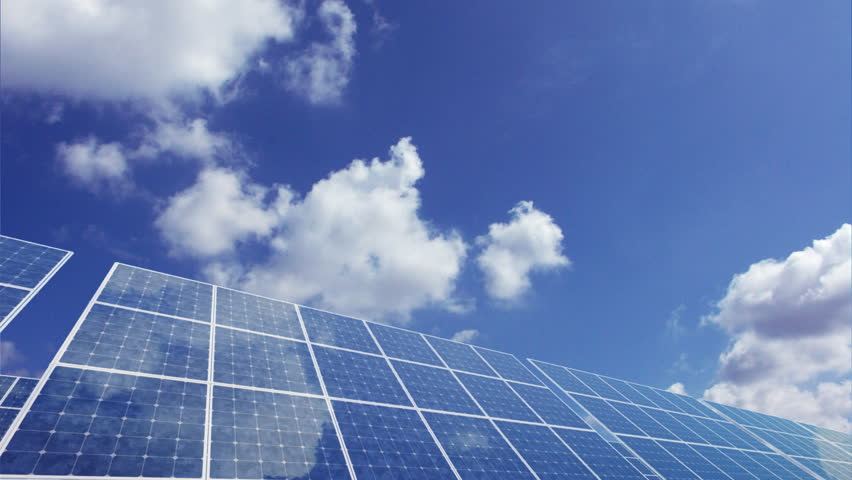
Return On Investment Analysis
The solar panels should be installed where they can get the most sunlight, which will help generate more electricity and decrease utility bills substantially. In one example, a standard California household could have its $200/month electricity bills cut to $20 when it starts using solar energy, which means savings of more than $2,000 per year. This lowers operational costs, and pays you a dividend on your return for the initial installation.
Increased Home Resale Value
Homes with solar systems fetch more money than homes without one, as is common when selling a Boulder home. Homes with solar panels sell for 4.1% more on average compared to similar homes without solar across the US, according to a recent report from Zillow. This amounts to a price premium of up to $9,274 for the median-valued home - all of it directly proportional to leveraging solar technology as an investment for the homeowner.
Tax Incentives and Rebates
Solar adoption is often incentivized by governments through tax incentives, rebates, and credits. For instance, the U.S. imperative solar tax credit, it lets in house owners to deduct 26% off of their federal taxes for the value of installing a solar electricity structure. This incentive dramatically lowers the original price tag and boosts ROI, making solar installations financially tenable affordable.
Decreased reliance on utility companies
It protects us from increasing energy costs and is our hedge against escalation in life. With the ability to produce their own power, homeowners are able to sidestep the spiking costs that accompany traditional energy sources, which often fluctuate in response to market or geopolitical events. An analysis indicates electricity prices have risen an average of 3% each year over the last ten years. Solar panels are an investment that helps cushion you against these increases as it locks in energy costs at a fraction of market rates.
Performance & Durability Over the Long-term
Solar panels today are built to last and provide high quantity, frequently with a guaranteed length of life of 25 as well as 30 years. Because solar panels last for so long, they can generate quite a large return on investment. For instance, a solar panel system after saving incentives, for about $15,000 can bring the savings of $30,000 to $40,000 over its lifespan. These figures as actually adjusted for the decrease in your electric bill, increased home value and the almost non-existent maintenance other than cleaning which solar panels require.

